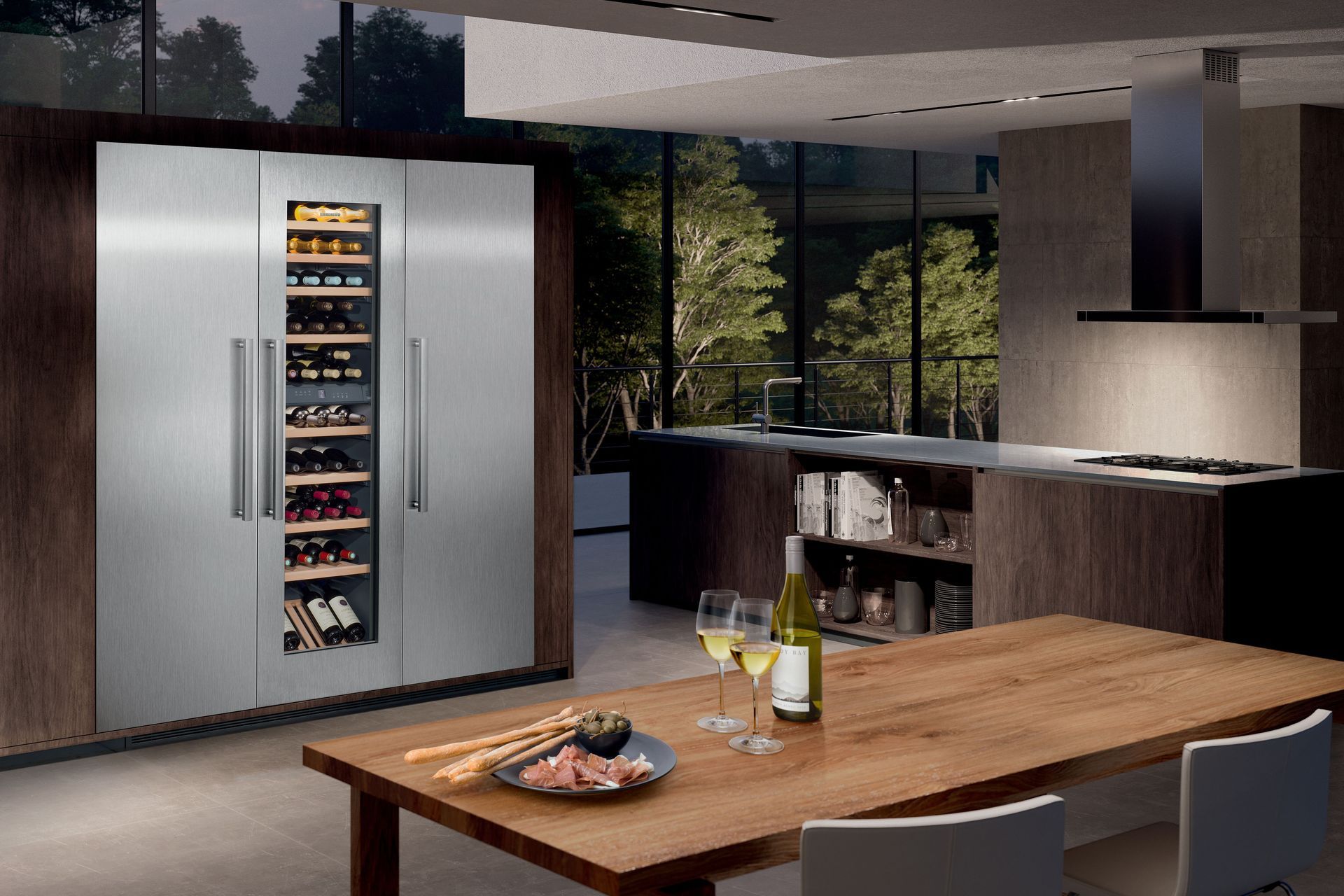Say goodbye to unnecessary food waste, this premium refrigeration technology has you covered
Written by
08 September 2024
•
4 min read

Nothing brings people together quite like good food and wine. While it goes without saying that fresh, quality ingredients nourish the body, it’s also true that they nourish the soul — especially when shared with the people we love. To ensure we’re able to receive all of the nutrients from our food, both physically and metaphorically, we need to store it under optimal conditions.
“Food storage affects how we live. We want to store our fresh produce in the best possible way, so when choosing refrigeration it’s important to think about what we consume, how we live, and how we enjoy our food,” says Alister Reesby of Liebherr.
“We’re a country of primary producers, and much of the food and drink we consume is grown and made right here in New Zealand. However, in that journey from farm to plate, a significant amount of food ends up going to waste because it spoils in the refrigerator.”
Sometimes food spoils because of human error, but more often than not our food goes off because the environment inside the fridge is less than ideal. Fortunately, Liebherr has spent years developing and refining refrigeration technology to meet the needs of residential and commercial kitchens, bars, and cellars worldwide.

Fresher food with technology
“Liebherr is a premium German brand that produces highly sophisticated refrigeration equipment, not only for food storage but for scientific purposes as well. This has garnered the brand incredible credibility, especially with the freshness and odour reduction technology,” Reesby explains.
While your home kitchen is unlikely to need lab-level refrigeration, it’s certainly reassuring to know the technology has been developed to such high standards.
“Many Liebherr products contain a technology called power cooling that ensures an even distribution of temperature throughout the refrigerator. This means you won’t end up with a situation where items at the back of your fridge are frozen, while items in the door are almost warm.”
Fitted with odour control filters, Liebherr fridges are designed to reduce the permeation of strong smells from things like seafood or shellfish. The filter begins to absorb the odour before it has a chance to transfer to other perishable items, helping to keep your food fresher for longer.
“Alongside these technologies, we also have a feature called ‘BioFresh’ which is a climate control system that works to maintain the temperature and humidity within the fridge. This really maximises the shelf life of produce,” Reesby says.



Store wine like the pros
A subject close to the heart of many Kiwis, cellaring is an age-old practice that has, with the help of technology like that of the Liebherr wine cabinets, become more sophisticated and efficient in recent years. Whether you’re designing an entire cellar, or simply looking to install a wine fridge in the kitchen, Liebherr has a solution.
“Cellaring is critical not only for the longevity of the wine but also for the enjoyment of the wine. Different varieties require different storage and drinking temperatures, which is why Liebherr has developed a range of products including multi-temperature units.”
Liebherr has concentrated specifically on ‘true zoned cabinets’ where temperature is maintained and stable within a zone. If you like to drink sparkling wine, still whites, and reds, you can select the three-zone cabinet that is designed to store each of those wines at optimum temperature simultaneously.
“Cellaring is all about stability and avoiding degradation, but for maximum enjoyment different varietals will require different serving temperatures. For sparkling wines, you’re looking at around five to seven degrees, while traditional whites and chardonnays can be a little warmer at eight to ten degrees. Dessert wines sit at around 11 to 13, and then your reds should be between 14 to 18 degrees,” Reesby explains.
For the serious wine connoisseur, Reesby says it’s more efficient to design a cellar with multiple fridge units rather than storing it in an air-conditioned room, as every time you open the cellar door you’re raising the temperature of the entire room.
“It can be as simple as a couple of units at storage temperature and then one at drinking temperature,” he suggests. This means you can select your wine for the table knowing it’s ready to drink, without disturbing the other bottles.
Liebherr units allow for a variety of cosmetic customisations so you can have a beautifully presented set-up. If you’ve got something specific in mind, Reesby recommends you get in touch with the Liebherr team to discuss your project.
“We’re happy to review your plans, and we can assist you with your wine storage design — just send us a brief!”
Learn more about Liebherr.